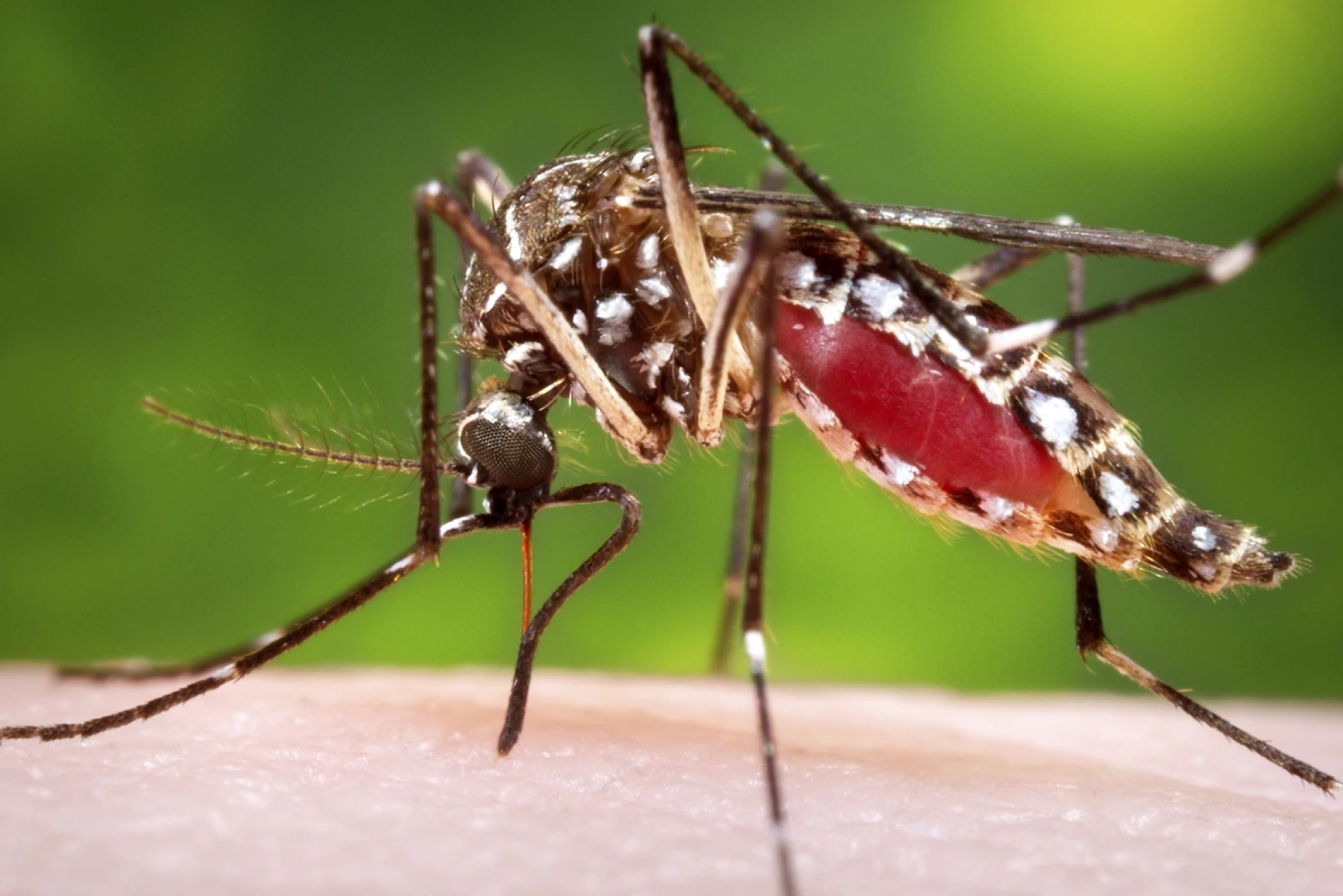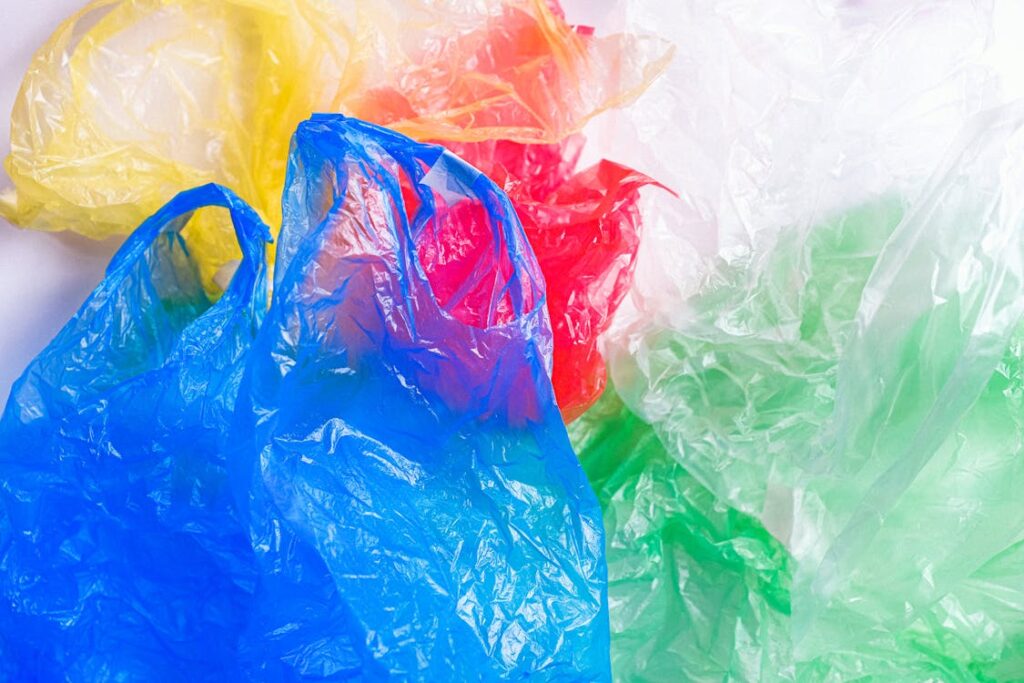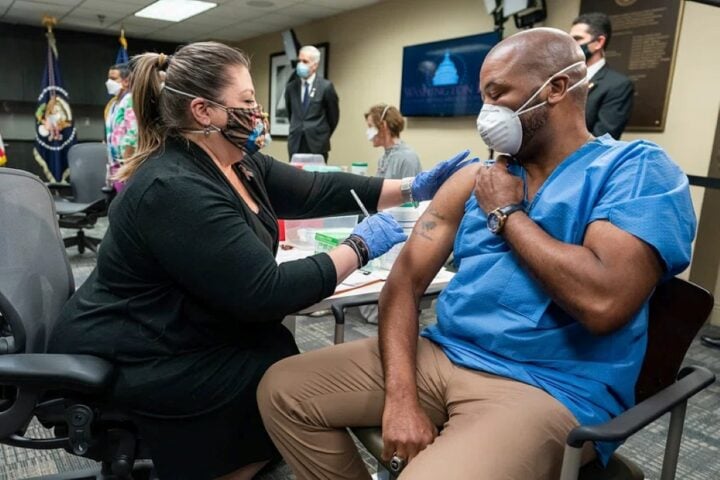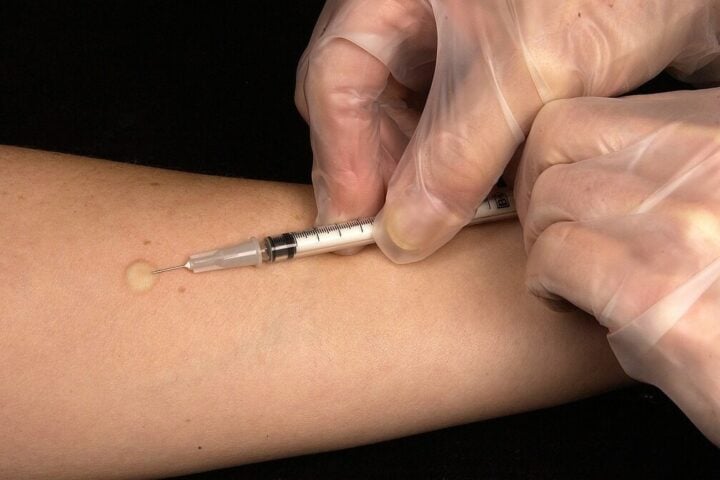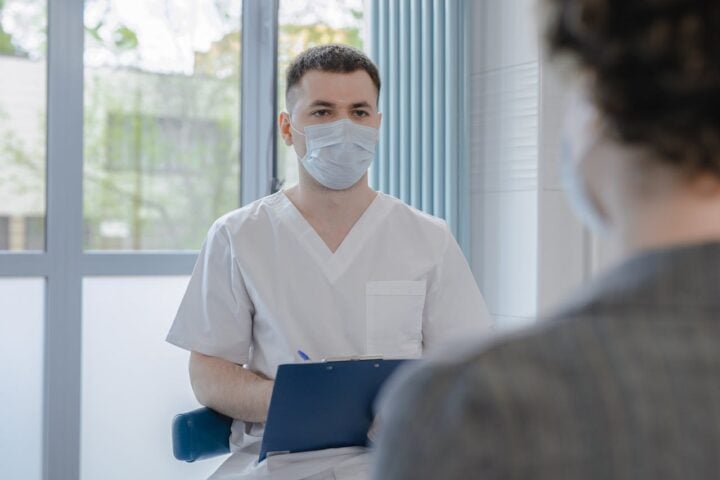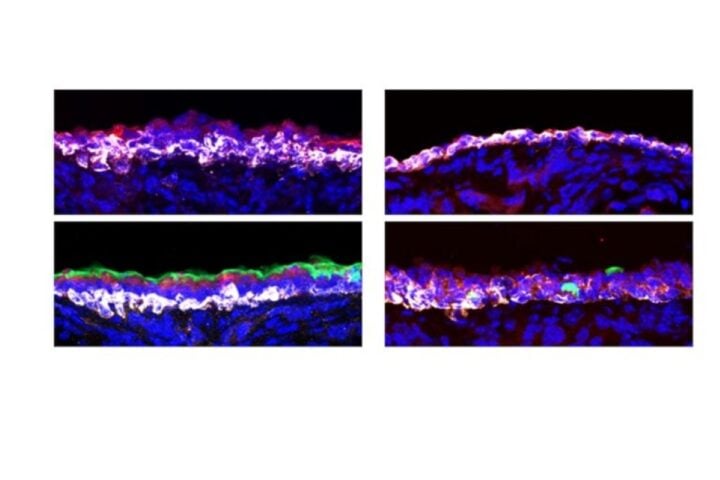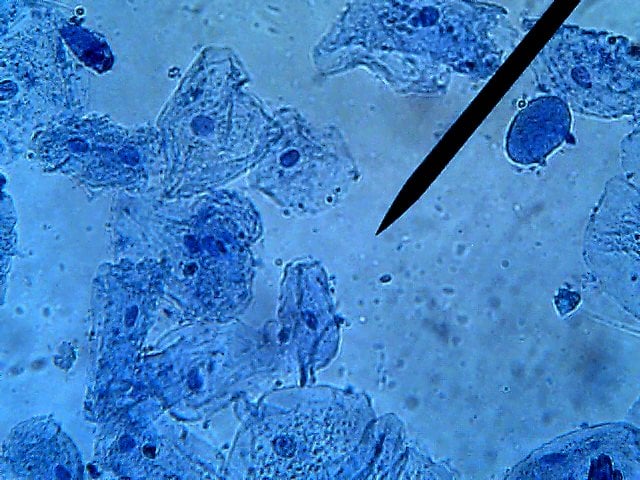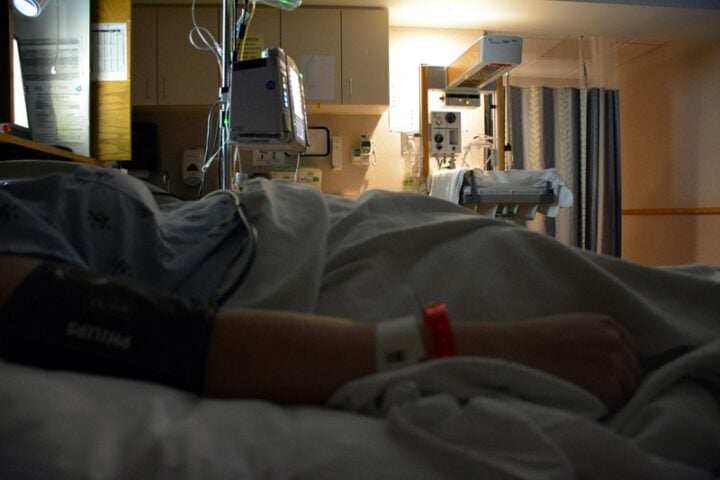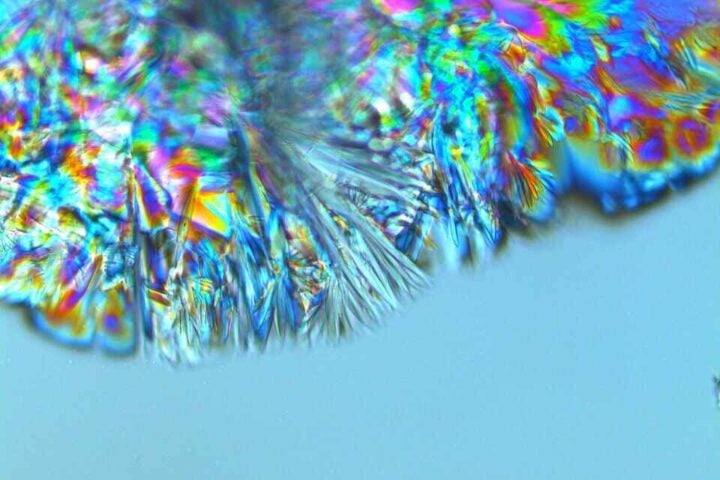EEE Claims First New York Victim in Nearly a Decade: What You Need to Know
In a concerning turn of events, New York State has reported its first human case of Eastern equine encephalitis (EEE) since 2015, resulting in the patient’s death. This rare but severe mosquito-borne illness has prompted Governor Kathy Hochul to take swift action, declaring an imminent threat to public health and mobilizing state resources to protect New Yorkers.
The Incident: A Tragic Loss in Ulster County
The case, confirmed on September 20 by the State Health Department’s Wadsworth Center, involved a resident of Ulster County. While details about the individual have not been released, their passing marks a somber milestone as the first EEE-related death in New York in nearly a decade.
“We’ve been informed this patient has passed away from EEE; we extend our sympathies and our hearts go out to their family,” Governor Hochul stated in response to the news.
Understanding EEE: A Rare but Serious Threat
Eastern equine encephalitis is a viral disease transmitted by infected mosquitoes. While most people bitten by an infected mosquito won’t develop symptoms, severe cases can be life-threatening. Dr. James McDonald, State Health Commissioner, explained the gravity of the situation:
“This life-threatening mosquito-borne disease has no commercially available human vaccine and must be taken seriously. Mosquitoes, once a nuisance, are now a threat.”
Similar Posts
Key facts about EEE:
- Symptoms may include sudden onset of headache, high fever, chills, and vomiting
- Severe cases can progress to disorientation, seizures, encephalitis, and coma
- Approximately one-third of patients who develop EEE die
- Many survivors experience long-term neurological impairment
A Broader Trend: EEE Cases Across the Northeast
New York isn’t alone in facing this threat. Other states, including Massachusetts, Vermont, New Jersey, Rhode Island, Wisconsin, and New Hampshire, have also reported human EEE cases this year. Notably, a 41-year-old man in New Hampshire died from EEE in August, marking the first fatality of 2024.
According to the Centers for Disease Control and Prevention (CDC), 10 human cases of EEE had been reported nationwide as of September 24, prior to the New York case.
New York’s Changing Landscape: A Wider Spread
What makes this year particularly concerning is the expanded range of EEE-carrying mosquitoes in New York. Dr. McDonald highlighted this unusual pattern:
“Eastern equine encephalitis is different this year. While we normally see these mosquitoes in two to three counties each year, this year they have been in 15 counties so far, and scattered all over New York State.”
This expanded presence includes Suffolk County on Long Island, indicating a broader geographical risk than in previous years.
State Response: A Multi-Agency Approach
Governor Hochul has activated multiple state agencies to address this public health concern:
- Department of Health: Issued a Declaration of an Imminent Threat to Public Health for EEE, unlocking state resources to support local health departments in prevention and response activities.
- Office of Parks, Recreation, and Historic Preservation: Making mosquito repellent available at park offices, visitor centers, and campground offices. Signage to raise awareness, and consulting with local health departments about potentially limiting park hours.
- Department of Environmental Conservation: Posting signage at DEC facilities, campgrounds, popular Hudson Valley trailheads, and other state lands. Alerting campground patrons about preventative measures.
- Social Media Campaign: Launching efforts to raise awareness about EEE and other mosquito-borne illnesses, focusing on prevention strategies.
State Parks Commissioner Pro Tempore Randy Simons emphasized the importance of public awareness: “We encourage park visitors and outdoor enthusiasts to become familiar with the risks of EEE and to take precautions to avoid being bitten by mosquitoes.”
Protecting Yourself: Essential Prevention Measures
Health officials recommend the following steps to reduce the risk of EEE and other mosquito-borne illnesses:
- Wear long sleeves and tuck pants into socks when outdoors, especially during dawn and dusk.
- Use insect repellents containing DEET, following label directions carefully.
- Ensure home windows and doors have intact screens.
- Eliminate standing water around properties where mosquitoes can breed.
- Change water in bird baths twice a week.
The Bigger Picture: EEE in Animals
EEE doesn’t only affect humans. The virus has also been identified in many horses across 12 counties in New York this year. Other animals, including dogs, cats, and even emus, can be infected, though it’s less common.
Looking Ahead: A Continuing Threat
As fall begins, the risk of EEE persists until consistent freezing temperatures arrive. Dr. McDonald warned: “Fall is officially here, but mosquitoes will be around until we see multiple nights of below-freezing temperatures.”
This extended period of risk underscores the need for continued vigilance and preventive measures among New Yorkers.
Historical Context and Future Implications
While EEE outbreaks are rare, they can be severe when they occur. The 2019 outbreak, which saw 38 recorded cases and 12 deaths nationwide, was the largest in over 50 years. New York’s last human cases in 2015 resulted in two fatalities out of three infections.
As climate patterns shift and mosquito habitats expand, health officials closely monitor the situation. The increased spread of EEE-carrying mosquitoes this year may signal a need for enhanced surveillance and prevention strategies in the future.
Conclusion: Staying Informed and Protected
The death of a New York resident from EEE serves as a stark reminder of the potential dangers posed by mosquito-borne illnesses. By staying informed, following prevention guidelines, and supporting public health initiatives, New Yorkers can work together to minimize the risk of EEE and protect their communities.
As we navigate this public health challenge, remember that knowledge and prevention are our most powerful tools against EEE and other mosquito-borne threats.
